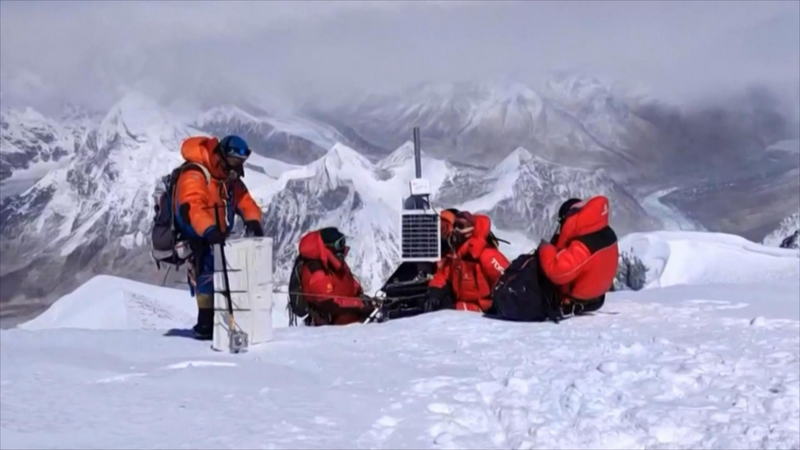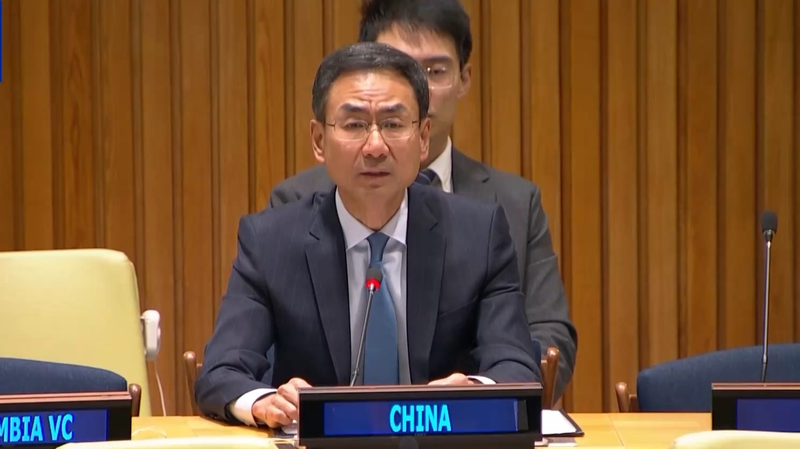For the past eight years, Chinese and international researchers have trekked across the Qinghai-Xizang Plateau on the second scientific expedition launched in mid-2017. Their mission: to decode the planet’s climatic history hidden in glacial ice cores.
Teams have extracted 3,323 meters of ice from 12 different glaciers. Each meter of core holds layers of compacted snow, dust and air bubbles—nature’s time capsules recording temperature fluctuations, atmospheric composition and even volcanic eruptions over millions of years.
“The thicker an ice core gets, the longer timeframe it spans,” says Xu Baiqing, deputy director of the Institute of Tibetan Plateau Research at the Chinese Academy of Sciences in Lhasa, capital of southwest China’s Xizang Autonomous Region. “Some of these cores could date back hundreds of thousands of years, offering clues to the origin and evolution of these high-altitude glaciers.”
Beyond climate research, the expedition tracks biodiversity and ecological shifts on the plateau. Early findings reveal shrinking seasonal snow cover, changing water cycles and new migration patterns for alpine species—data that could inform water management and conservation strategies downstream.
As melting accelerates, these frozen archives become ever more urgent. By drilling deeper and analyzing each icy layer, researchers hope to arm policymakers and local communities with the data they need to adapt to a warming world—one core at a time.
Reference(s):
Qinghai-Xizang Plateau expedition aims to tell the story of glaciers
cgtn.com




